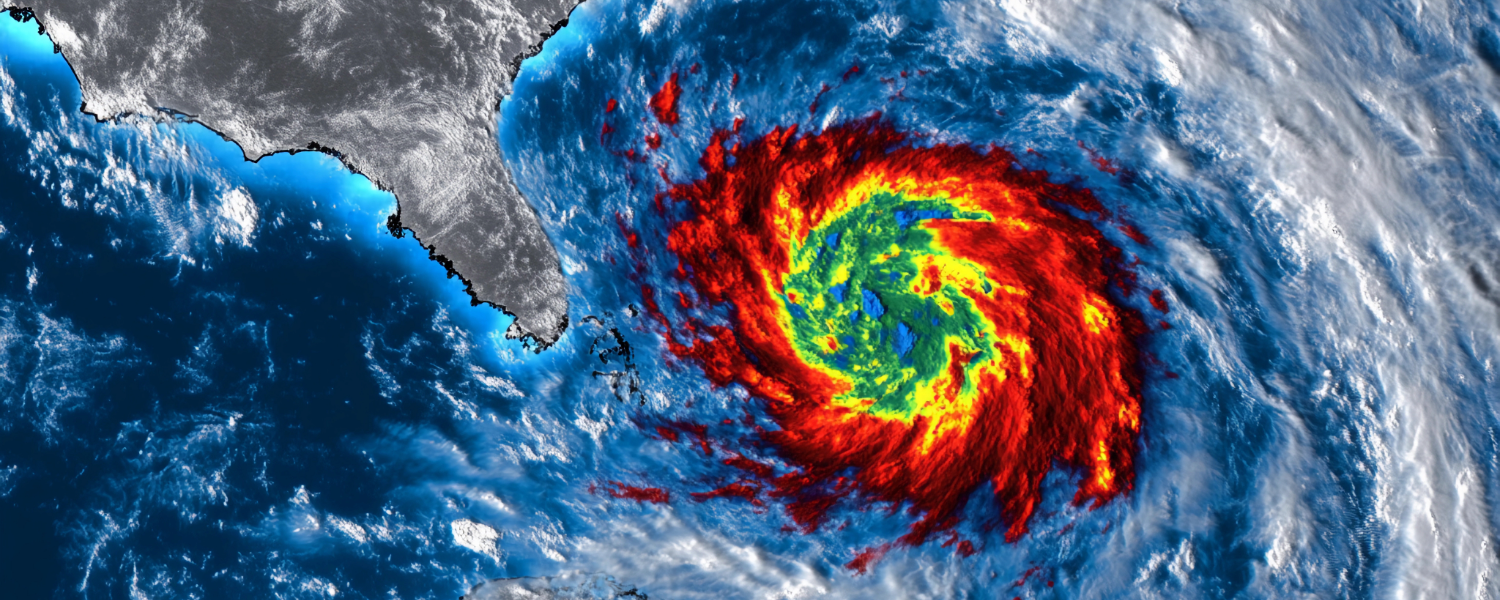AI in Crisis Response: Supporting Rapid Humanitarian Aid
In times of crisis, timely and effective humanitarian aid is critical for ensuring the safety and well-being of affected individuals and communities. As natural disasters, conflicts, and public health emergencies become more frequent and severe due to climate change and global instability, the need for rapid and efficient response mechanisms has never been greater. Artificial Intelligence (AI) has emerged as a powerful tool that can significantly enhance humanitarian efforts by providing rapid data analysis, optimizing logistics, and assessing risks. This article explores the various applications of AI in crisis response and its potential to transform humanitarian aid.
1. Rapid Data Analysis
In humanitarian crises, the speed at which data is collected and analyzed can determine the effectiveness of response efforts. AI plays a crucial role in processing vast amounts of information from diverse sources, such as social media, satellite imagery, and sensor networks.
For instance, during natural disasters, AI algorithms can analyze satellite images to assess damage to infrastructure, determine the extent of flooding, or identify areas in need of immediate assistance. By automating this analysis, humanitarian organizations can quickly gain insights into the situation on the ground, enabling them to make informed decisions and prioritize resource allocation in real-time.
Moreover, AI can analyze social media data to gauge public sentiment, detect emerging crises, and identify urgent needs expressed by affected populations. This helps organizations understand the specific requirements of communities, ensuring that aid efforts are targeted and relevant.
2. Logistics Optimization
Efficient logistics are essential for delivering humanitarian aid effectively. AI can optimize supply chain management by forecasting demand, streamlining the distribution of resources, and minimizing delays.
AI-powered algorithms can analyze historical data and real-time conditions to predict which areas will require the most aid, guiding organizations in pre-positioning supplies and equipment. This predictive capability allows humanitarian agencies to anticipate needs before they arise and ensures that resources reach affected communities promptly.
Additionally, AI can assist in optimizing transportation routes based on various factors such as road conditions, weather patterns, and accessibility. By identifying the fastest and safest routes, AI helps humanitarian workers avoid obstacles, ensuring that aid reaches those in need as quickly as possible.
3. Risk Assessment
Understanding the risks associated with humanitarian crises is crucial for effective response planning. AI tools can assess and model potential risks, helping organizations prepare for various scenarios and allocate resources accordingly.
For example, in conflict zones, AI can analyze data on violence patterns, demographic movements, and social media sentiment to model the likelihood of escalation or civil unrest. This risk assessment allows humanitarian organizations to devise appropriate strategies, such as establishing safe zones, implementing early warning systems, or coordinating with local authorities to ensure the safety of aid workers and beneficiaries.
In public health emergencies, AI can analyze epidemiological data to predict outbreaks and assess their potential spread. This capability enables organizations to act swiftly, deploying medical resources and preventative measures to mitigate health risks in vulnerable populations.
4. Supporting Coordination and Communication
In crisis situations, effective coordination among various humanitarian actors—including governments, NGOs, and international organizations—is crucial. AI-powered platforms can facilitate collaboration by providing real-time data sharing, communication channels, and situation reports.
By creating centralized databases that compile information from multiple sources, AI helps organizations maintain situational awareness and avoid duplication of efforts. This collaborative approach enhances the overall effectiveness of humanitarian interventions, ensuring that aid is delivered efficiently and effectively.
5. Enhancing Accountability and Transparency
AI can also play a role in promoting accountability and transparency in humanitarian response efforts. By leveraging machine learning and data analytics, organizations can track aid distribution, monitor resource utilization, and assess the impact of interventions.
For example, AI can analyze feedback from affected communities regarding the quality and accessibility of aid services. This analysis allows organizations to identify gaps, make necessary adjustments, and improve the overall effectiveness of their response efforts.
Conclusion
AI presents a promising opportunity to revolutionize crisis response and enhance the effectiveness of humanitarian aid. By enabling rapid data analysis, optimizing logistics, assessing risks, and supporting coordination efforts, AI tools can significantly improve the speed and quality of humanitarian responses in urgent situations. As the challenges of global crises evolve, integrating AI technologies will be essential for humanitarian organizations seeking to save lives and address the needs of vulnerable populations. However, it is crucial that these technologies are deployed ethically and responsibly, ensuring that they serve to empower communities and uphold human rights. As AI continues to advance, its potential to transform humanitarian aid and promote resilience in the face of crises will only increase, paving the way for a more responsive and effective global humanitarian landscape.



